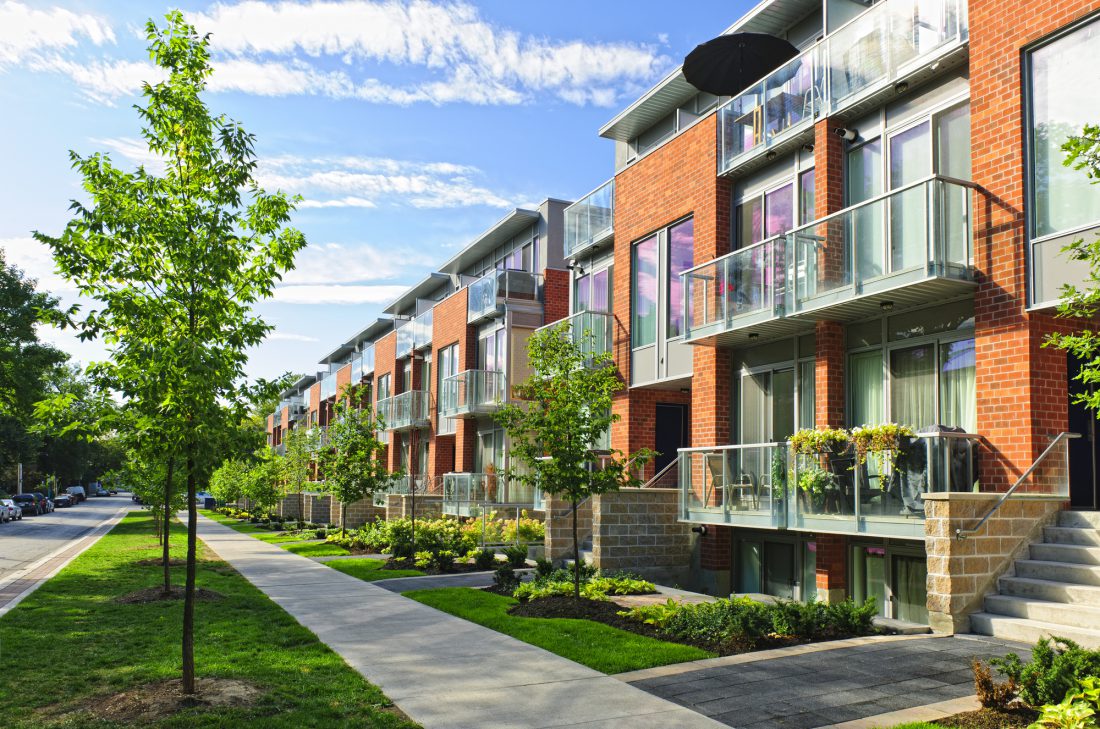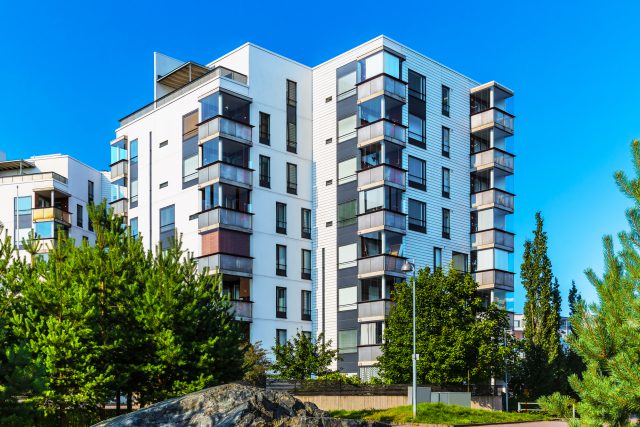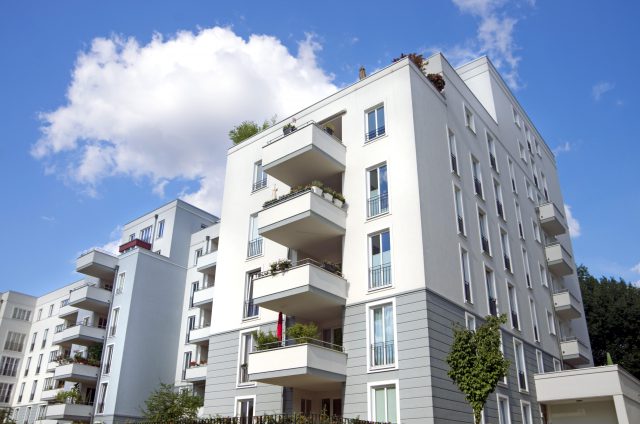As recently as 2 years ago, the government forecast that the National Disability Insurance Scheme (NDIS) would cost $25 billion per annum. And now, this cost has blown out to $60 billion by 2030, which is even more than the cost of Medicare. How could the cost blow out so much, and so quickly?
I think we all agree that people with disabilities deserve the best life they can live, including appropriate accommodation, care, employment opportunities and medical treatment. At the same time, the scheme should be designed in a way that is affordable for those who are paying for it.
Wouldn’t it be nice if there was one simple explanation for the cost blowout. As is often the case, there are multiple explanations which have compounded on top of each other. In this article, I would like to focus on but one of those factors. Accommodation.
The NDIS scheme rules set a formula for how much will be contributed towards each individual’s Specialist Disability Accommodation (SDA), known as the maximum reasonable rent contribution (MRCC). The MRCC varies by location and by type of residence (apartment vs house vs duplex), and by number of bedrooms.
Specialist disability accommodation providers, who are building disability accommodation facilities, have emerged. These providers have to navigate a fine balance between ensuring their accommodation meets the needs scheme recipients on the one hand, and making a profit on the other hand. Providers will select locations and residence type where they believe they can get this balance right. For example, the apartment MRCC is more in Coffs Harbour than in the Inner South West of Sydney, whereas land in Coffs Harbour is cheaper. Therefore Coffs Harbour becomes a more attractive location for providers.
This was partly by design, because the government wants to encourage growth in regional areas. However, the formula has become so much more attractive in regional areas, that the capital cities are being under-serviced, to the detriment of people with disabilities who can’t find the right accommodation near their friends and family. The government should be regularly adjusting the formula in recognition of this problem. But they aren’t. They are being lazy. And people with disabilities are suffering as a result. Taxpayers are suffering too, because some providers in regional areas are making large profits at our expense.
And here lies the problem when you set a price for property and don’t adjust it to reflect all the available facts and data. The market takes advantage of your inertia. If the price you have set is too high then you won’t find any buyers. And if you set it too low you will miss out on revenue.
Of course, to accurately set prices for property you need a lot of data. And the wonderful thing in the Build to Rent industry is that operators have exactly that. They know what rents they have charged in the past for each apartment, how many days it took to rent each apartment, the features of each apartment such as bedrooms, bathrooms, size, aspect, level in the building and condition. They also have data on other factors which should be taken into account such as the number of vacancies in the building, the number of similar apartments for rent in similar buildings, asking rents of nearby apartments, and how long those apartments have remained vacant.
Only by taking all these factors into account in a methodical way, and updating their analysis continuously, can Build to Rent Operators maximise profit. This process is known as Dynamic Pricing.
The question Build to Rent Operators should be asking is: Do they want to maximise profit, or do they want the market to take advantage of their inertia?





